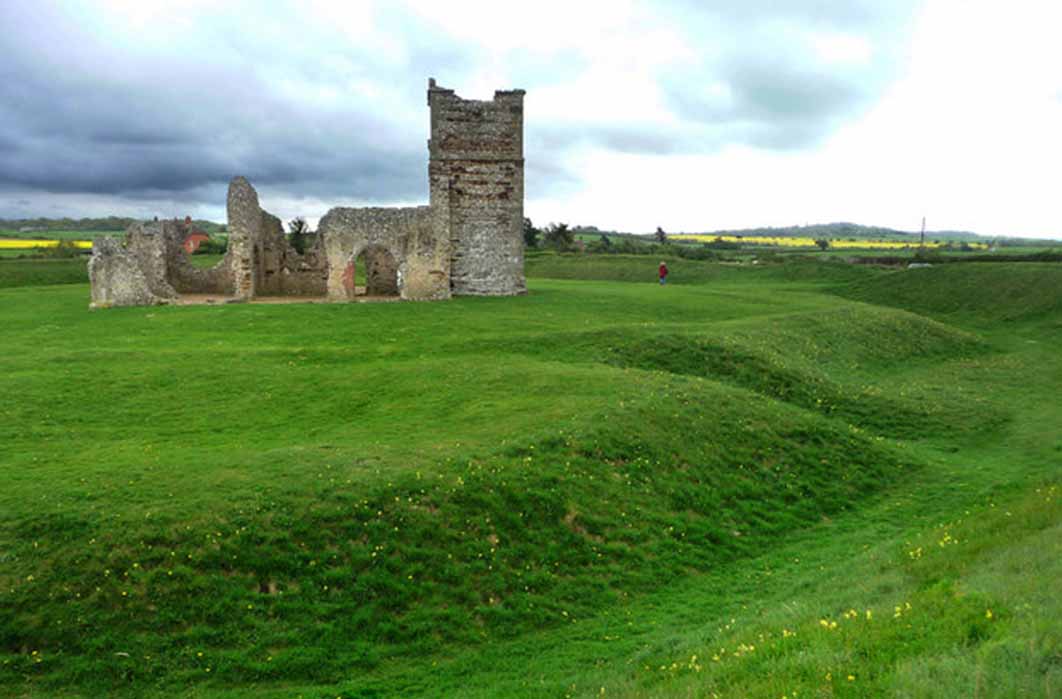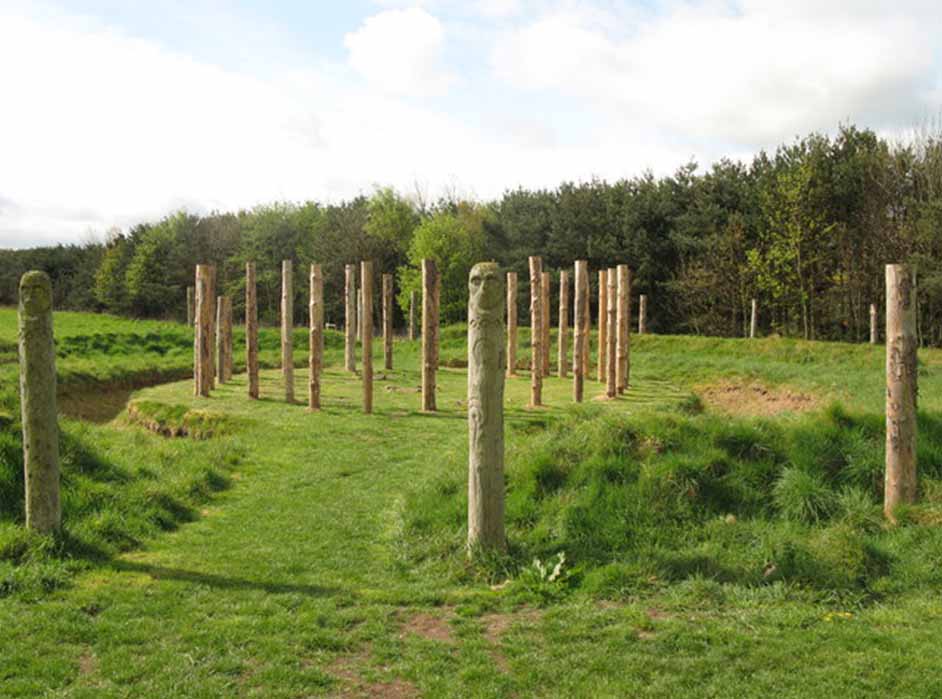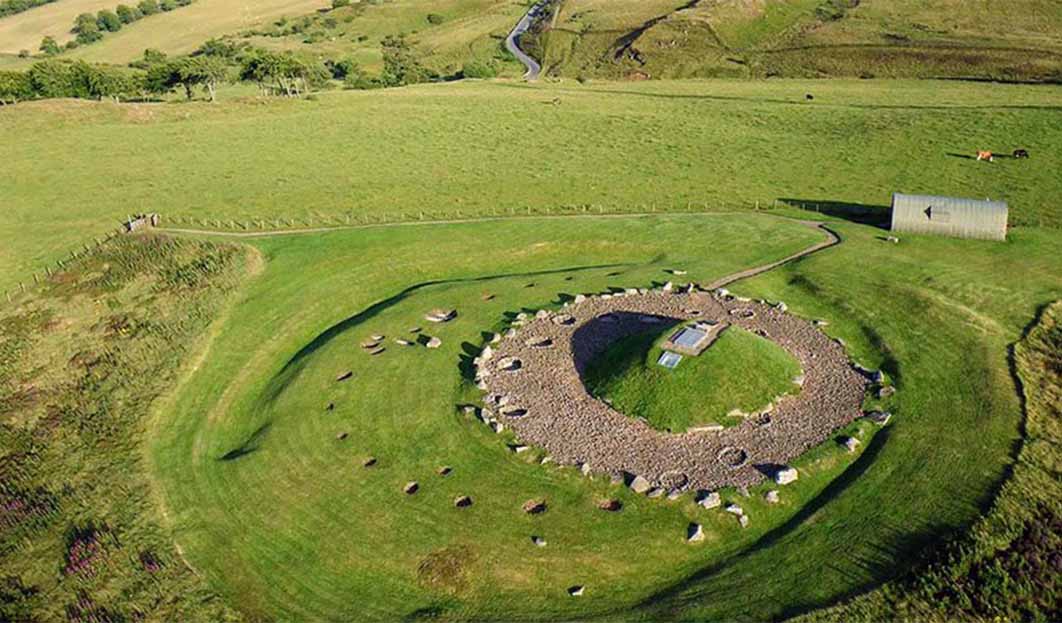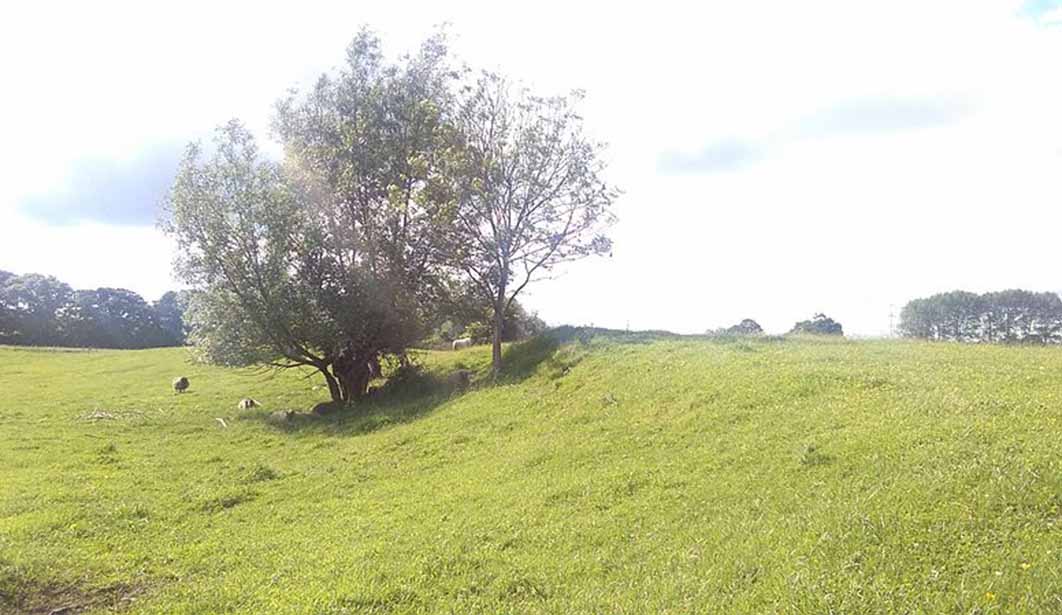
Measuring Up The Mega And Mini-Henges Of Neolithic Britain
The dictionary description of a ‘henge’ as “a circular area, often containing a circle of stones or sometimes wooden posts, dating from the Neolithic and Bronze Ages,” fails to depart that these circular or oval earthen enclosures dating from around 3000 BC to 2000 BC - the Neolithic or ‘new Stone Age and early Bronze Age - represent sacred spaces that served ancient British communities’ spiritual needs in the way modern churches, mosques and synagogues do today.
Essentially a ‘henge’ is a ditch that forms a sacred space with a defined center where order prevails, as opposed to the wild and unpredictable surrounding-outside world. Every henge is formed by a circular-shaped outer bank with an entry causeway crossing internal ditches, and many have multiple rings of this bank-and-ditch design. While countless thousands of these structures once peppered Neolithic Britain and Ireland, less than 100 survive today. According to Jim Leary in his 2016-paper Valley of the henges, contrary to most Neolithic sacred sites, which are often perched on the shoulders of hills, henge structures are mostly found on low-lying agricultural land beside rivers, such as the Maelmin Henge reconstruction in England’s Northumberland which features the so-called Milfield North Henge monument, located in a low-lying Neolithic agricultural zone.

The Maelmin Henge was reconstructed in 2000 using only the tools available to people 5,000 years ago. (CC BY-SA 2.0)
The Hidden Sacred Purpose Of Henges
In Britain, henges usually measure greater than 20 meters (66 feet) in diameter. When they were first identified in the early 19th century it was considered that they were defensive in nature, but because they feature internal ditches located behind outer banks, which is an awful defensive format, it is now generally accepted they were used for rituals and cult worship. This idea is supported in that most henges contain inner grottoes, timber and stone circles, and otherworldly artifacts are often recovered amidst deliberately smashed pottery at the center. A good example of ritual goings on within Neolithic henge monuments is to be found at Cairnpapple Hill, situated about three kilometers (two miles) north of Bathgate in southern central Scotland. At this site, not only was evidence of earlier cremations found, but also the deliberate smashing of pottery that predated the building of the henge enclosure. This means the actual location was already a traditional sacred site and that later users exemplified and immortalized it by digging a henge and building a huge stone burial cairn.

Aerial photo of the remains of the 4,000-year-old henge and cairn burial enclosure at Cairnpapple Hill. (Dr John Wells / CC BY-SA 3.0)
Marden Henge And Wilsford Henge
Britain’s top three largest stone circles, all of which are surrounded by henges, would certainly include Avebury, the Great Circle at Stanton Drew stone circles and the Ring of Brodgar in Orkney, but according to James Dyre’s 2001-book Discovering Prehistoric England the most voluminous henge ever discovered in Britain is Marden Henge, also known as Hatfield Earthworks, located north-east of the village of Marden, Wiltshire, England.
- The Sacred Prehistoric Neolithic Complex of the Thornborough Henges
- Are There Hidden Depths to the Golden Lozenge of Stonehenge?
- Forsaken by their Gods, Four Ruins of the Oldest Temples in the World
The site was first identified in 1953 and it was excavated in 1969, at which time the north entrance was discovered. Inside this sacred enclosure Neolithic people had built a vast timber circle, and similarly to Cairnpapple in Scotland, they smashed grooved ware pottery, ritually. Between 2010-2018 the Department of Archaeology at the University of Reading conducted aerial and geophysical surveys at this site revealing the true dimensions of this ancient megastructure.





